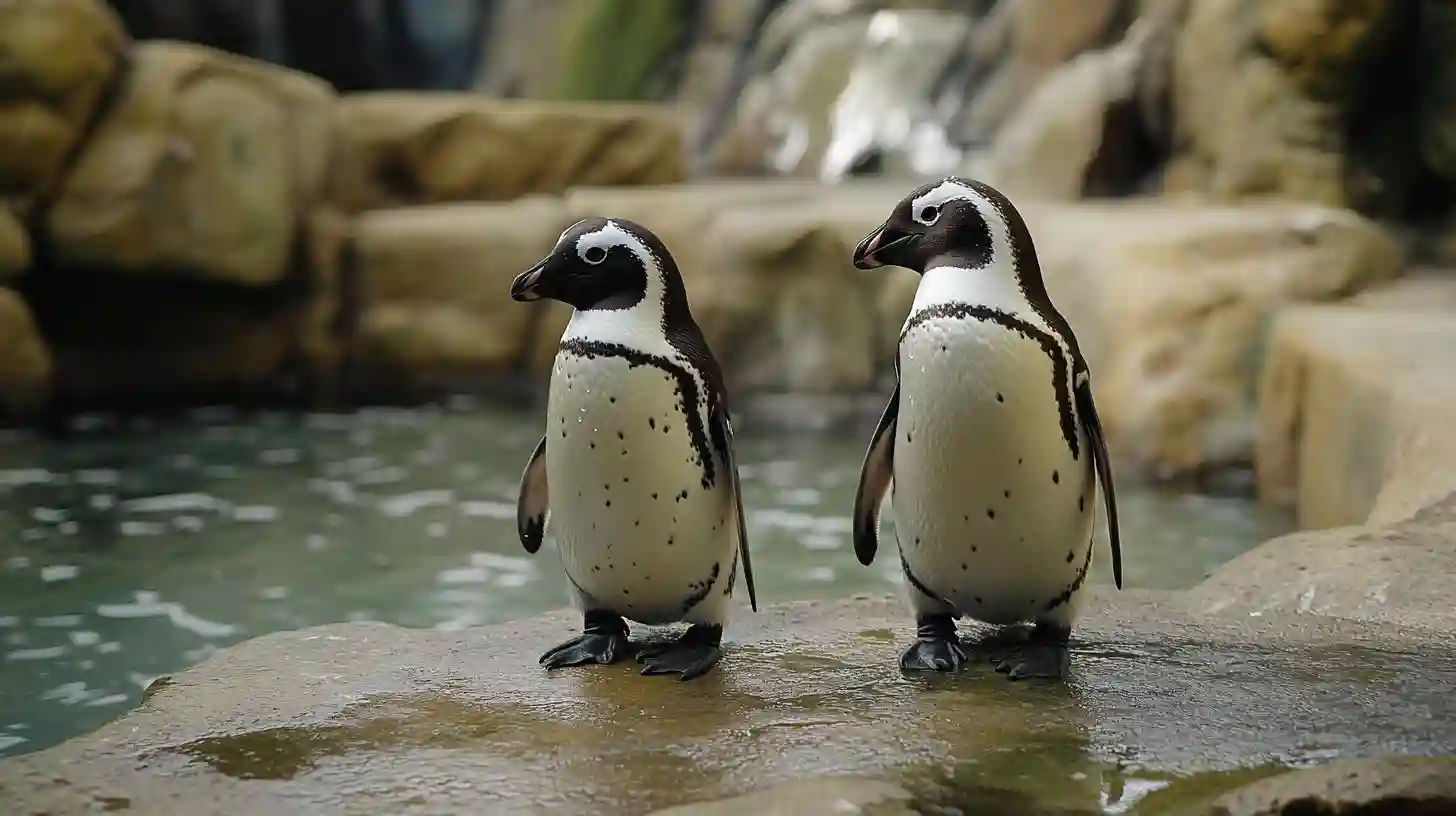
Penguins are among the most captivating and beloved birds in the animal kingdom. With their unique waddling gait, striking black-and-white coloration, and charming behaviors, they have captured the hearts of people around the globe. These flightless birds exclusively inhabit the Southern Hemisphere, with a significant population residing in Antarctica, one of the harshest environments on the planet. Their adaptation to cold climates and social structure offers a fascinating insight into survival in extreme conditions.
These remarkable birds display a range of sizes, from the tiny Little Blue Penguin, which stands approximately a foot tall, to the Emperor Penguin, which can reach heights of nearly four feet. Regardless of their size, all penguins share certain physical characteristics that set them apart from other birds. Their wings have evolved into flippers, allowing them to glide effortlessly through water while hunting for their primary food sources, such as fish, squid, and crustaceans. This adaptation to aquatic life is one of the key features that makes them so intriguing, as they are just as at home in the ocean as they are on land.
The social behavior of penguins is another element that adds to their charm. They are known for their strong familial bonds and communal living arrangements. Many species engage in cooperative breeding, where parents take turns caring for their young. Among Emperor Penguins, males are particularly noteworthy. After the female lays a single egg, the males incubate it by balancing it on their feet and covering it with a flap of skin. This remarkable act of paternal care involves fasting for weeks, showcasing the lengths to which these birds will go to ensure the survival of their offspring.
While many animals exhibit some degree of social interaction, penguins take this to the next level through their vocalizations, which vary between species. Their calls, often described as braying or trumpeting, serve as communication tools that help them locate mates or alert the colony to potential threats. The cacophony of sounds is particularly pronounced during the breeding season when thousands of penguins gather to nest. Maintaining individual identities in such a noisy setting is no small feat, and their sophisticated vocalizations demonstrate both intelligence and adaptation.
Penguins have cleverly adapted to their cold environments, developing a variety of physical features that enable them to thrive in icy conditions. Their dense layer of blubber and tightly packed feathers provides insulation against freezing temperatures. Interestingly, these feathers are both waterproof and windproof, ensuring that they remain buoyant and warm during long swims in frigid waters. Penguins also exhibit behaviors that help them regulate body heat, such as huddling together in large groups, known as "tightly grouped colonies,” during blizzards. This behavior not only conserves warmth but also fosters social bonding, which is crucial for survival.
The life cycle of a penguin is as mesmerizing as the birds themselves. After a courtship ritual that often involves elaborate displays of affection, penguins form monogamous pair bonds that typically last for the breeding season. The female lays her egg in a nest, and after a period of incubation, the chick hatches. The first few weeks of a chick's life are perilous, and the parents must work diligently to protect it from predators and ensure it receives enough nourishment. Chicks are covered in soft down feathers, providing them with some insulation until their adult feathers grow in.
One cannot overlook the threats that these charismatic birds face today. Climate change poses one of the most significant risks to penguin populations. Melting ice caps and rising sea levels disrupt their breeding grounds and affect their food supply. Additionally, overfishing and pollution further threaten their survival. Conservation efforts are underway in various regions to protect penguin habitats and ensure the future of these unique birds. Various organizations focus on public education, habitat protection, and scientific research to guide policy changes and promote sustainable practices.
The joy of observing penguins in their natural habitat is an experience unlike any other. Whether watching them slide gracefully across the ice or diving into the ocean's depths, there is a sense of wonder that accompanies these encounters. Their adaptability, social structure, and sheer tenacity serve as reminders of the resilience of life in the face of daunting challenges. Penguins symbolize not just the beauty of wildlife but also the complexities of our ecosystem and the urgent need to protect it for generations to come. The continued study and observation of these remarkable birds offer valuable lessons about the interconnectedness of life on Earth and the responsibilities we hold in preserving it.